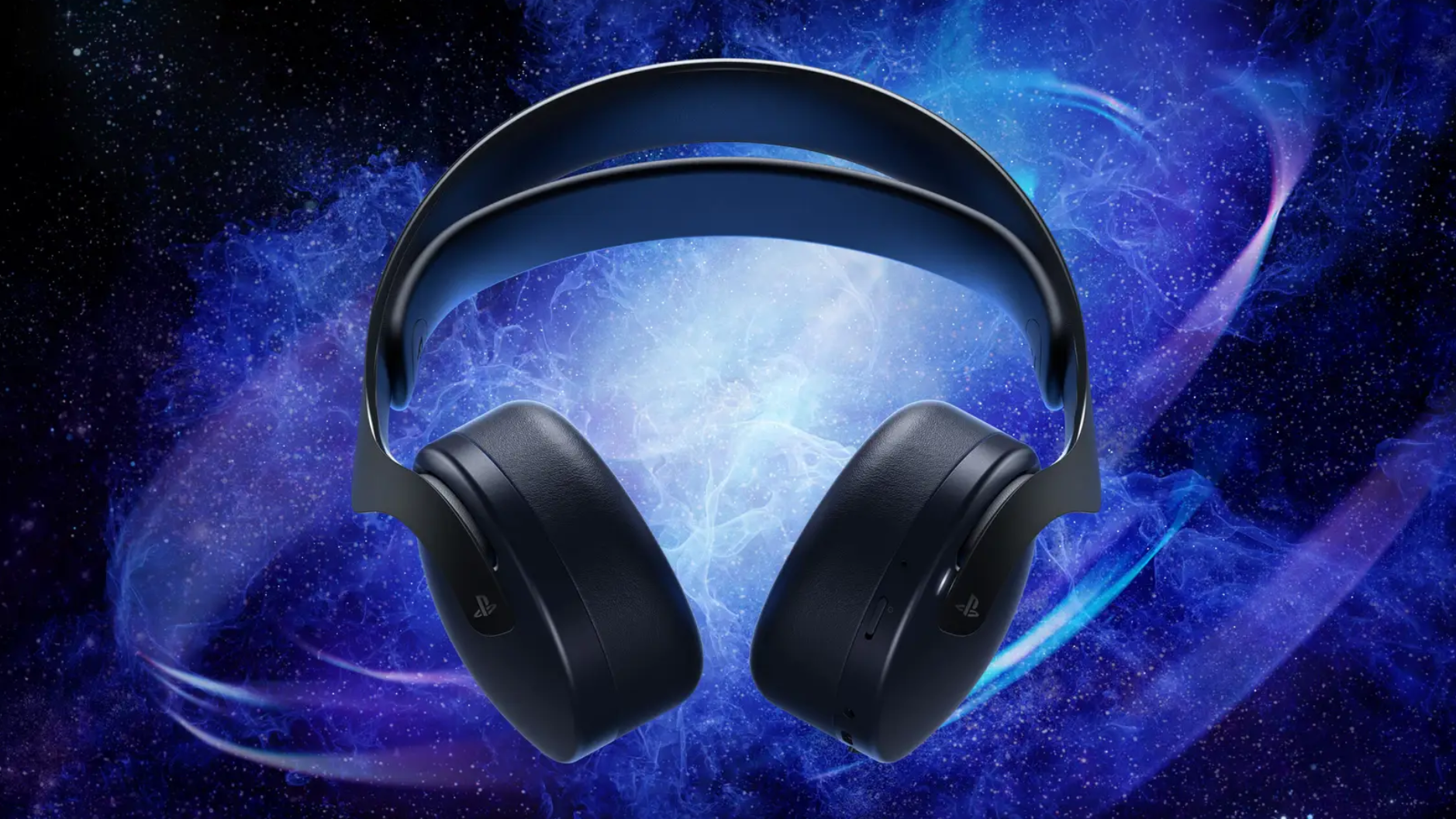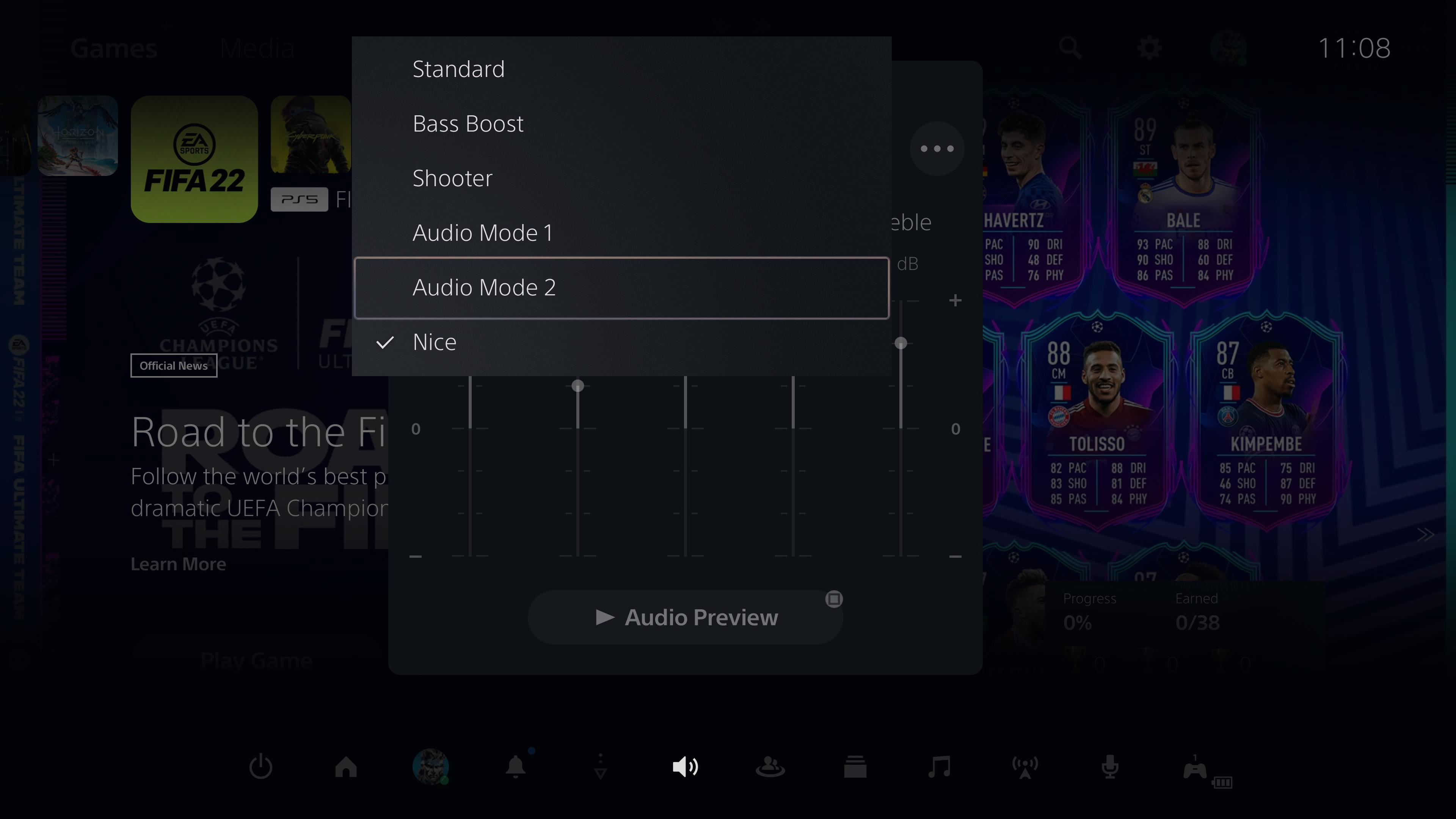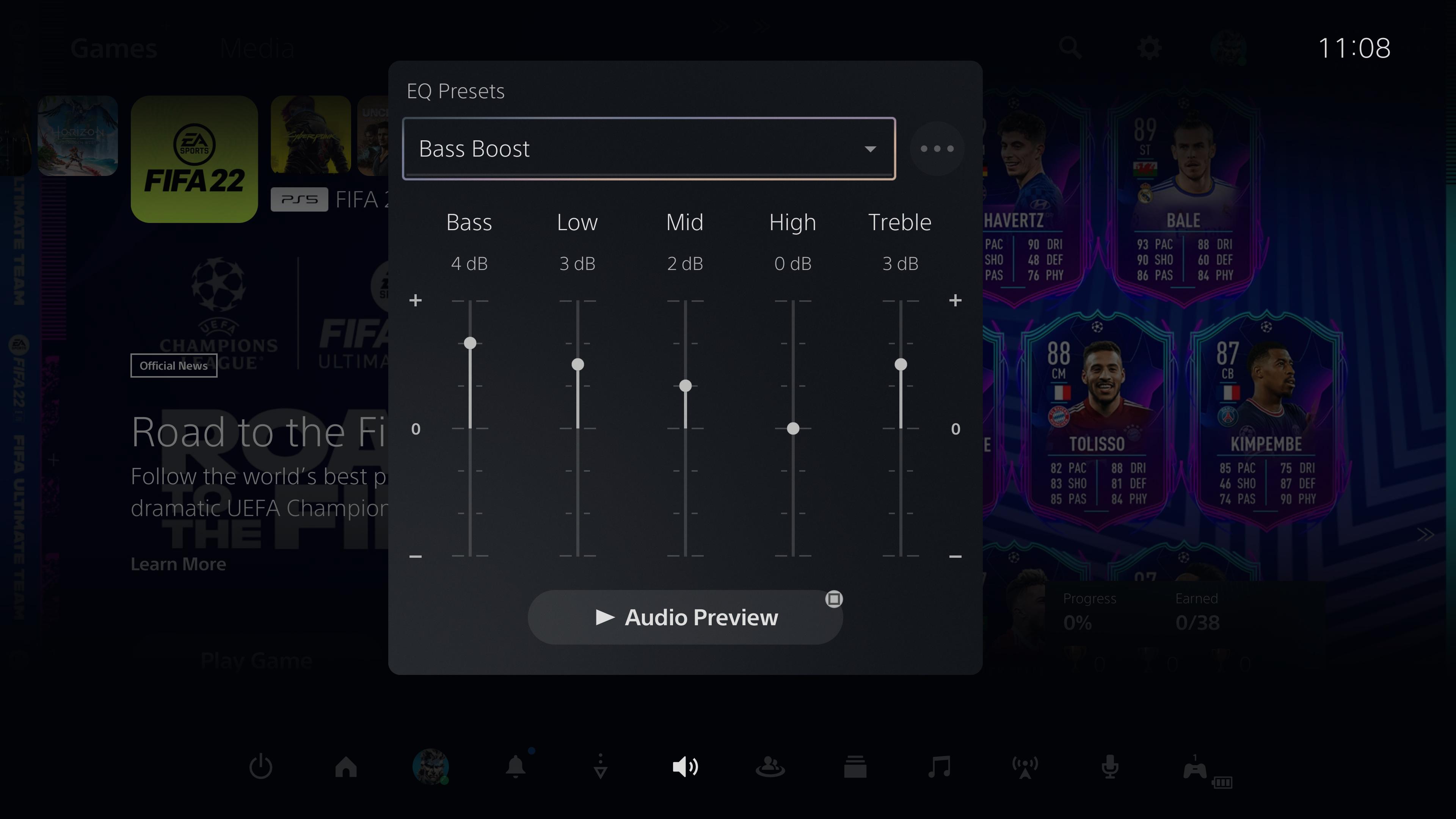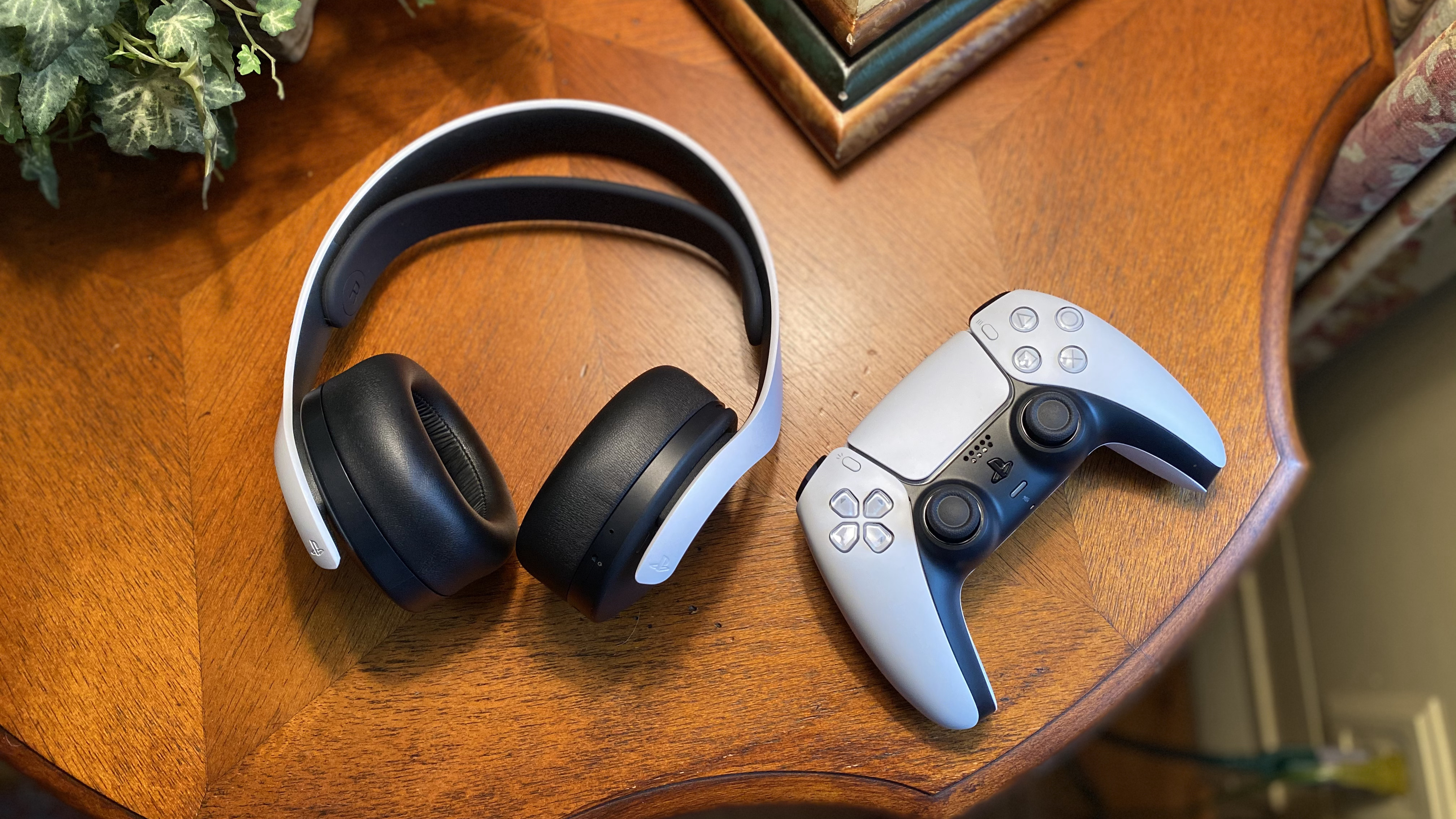Sony’s PS5 Pulse 3D Headset has received another stealthy update
Fine-tune your listening experience on PS5

The latest PlayStation beta software contains another pleasing update for the PS5 Pulse 3D Headset that isn’t noted in the patch notes – which means it’s the second time Sony has stealthily added additional functionality to its official cans.
As part of the PS5’s 4.0 beta system software, you can further fine-tune your listening experience when using the PlayStation 5 Pulse 3D Headset. The EQ settings that were added as part of the last major PS5 update have been improved, allowing you to rename the three custom audio profiles available. You can also play a looping test sound that lets you hear the effects of the changes you’re making in real-time.

The update also simplifies the EQ settings for those who may not understand how the different frequency sliders impact the sound. Instead of the previous 100Hz, 400Hz, 1 kHz, 4kHz, and 10kHz sliders, Sony has renamed these to Bass, Low, Mid, High, Treble, which should allow more users to dial in the type of sound they’re after.

Unfortunately, unless you’re part of the PS5 system beta – which you can register for here – you won’t be able to test this feature for yourself just yet. However, we’re expecting Sony to roll out the new PS5 system software to every user in the coming weeks. The update adds a number of quality of life features such as the option to see more games on your home screen, pin titles you’d like to keep in your list, various improvements to Trophies, and new voice commands that let you control your PS5 hands-free.
Analysis: Sony’s official headset continues to deliver

The PS5 Pulse 3D Headset is a great value option for those looking to buy a pair of cans designed specifically for PlayStation 5. For less than $100 / £100, the Pulse 3D Headset can be used wirelessly or wired, has mic monitoring, a mute button, and allows you to balance game and chat audio. It’s also been specifically designed to take advantage of Sony’s proprietary 3D audio tech, which is extremely impressive in games like Uncharted: Legacy of Thieves Collection.
The PS5 Pulse 3D Headset isn’t without its faults, though. The battery life sits around 12 hours, and some may find the circular earcups become slightly uncomfortable after a couple of hours of play.
It’s also worth clarifying that you don’t need Sony’s official headset to experience 3D audio; any pair of headphones will work when connected to the DualSense controller’s 3.5mm headphone jack, and if you have a pair of wireless headphones that connect to PS5 via a dongle you can also benefit from Sony’s surround sound tech.
Get daily insight, inspiration and deals in your inbox
Sign up for breaking news, reviews, opinion, top tech deals, and more.
PS5 3D audio also works through your TV speakers, though it’s best experienced wearing a pair of quality stereo headphones. 3D audio doesn’t work via a 5.1 or 7.1 surround sound system yet, unlike Dolby Atmos.
It's great to see Sony continue to improve its official headset and the PS5's software, but we're still waiting to see two key features: VRR and 1440p support. Sony had previously promised that variable refresh rate support would come in a PS5 update in the future, but we're still waiting. The same is true of 1440p, which is notably absent on PS5 and PS4 and means that if you connect to a 1440p monitor – a popular choice with PC gamers – the PS5/PS4 Pro will only output at 1080p.
Let's hope these features are added in the next PS5 system update.
- Best PS5 headsets: hear the difference
Adam was formerly TRG's Hardware Editor. A law graduate with an exceptional track record in content creation and online engagement, Adam has penned scintillating copy for various technology sites and also established his very own award-nominated video games website. He’s previously worked at Nintendo of Europe as a Content Marketing Editor and once played Halo 5: Guardians for over 51 hours for charity. He is now an editor at The Shortcut.
